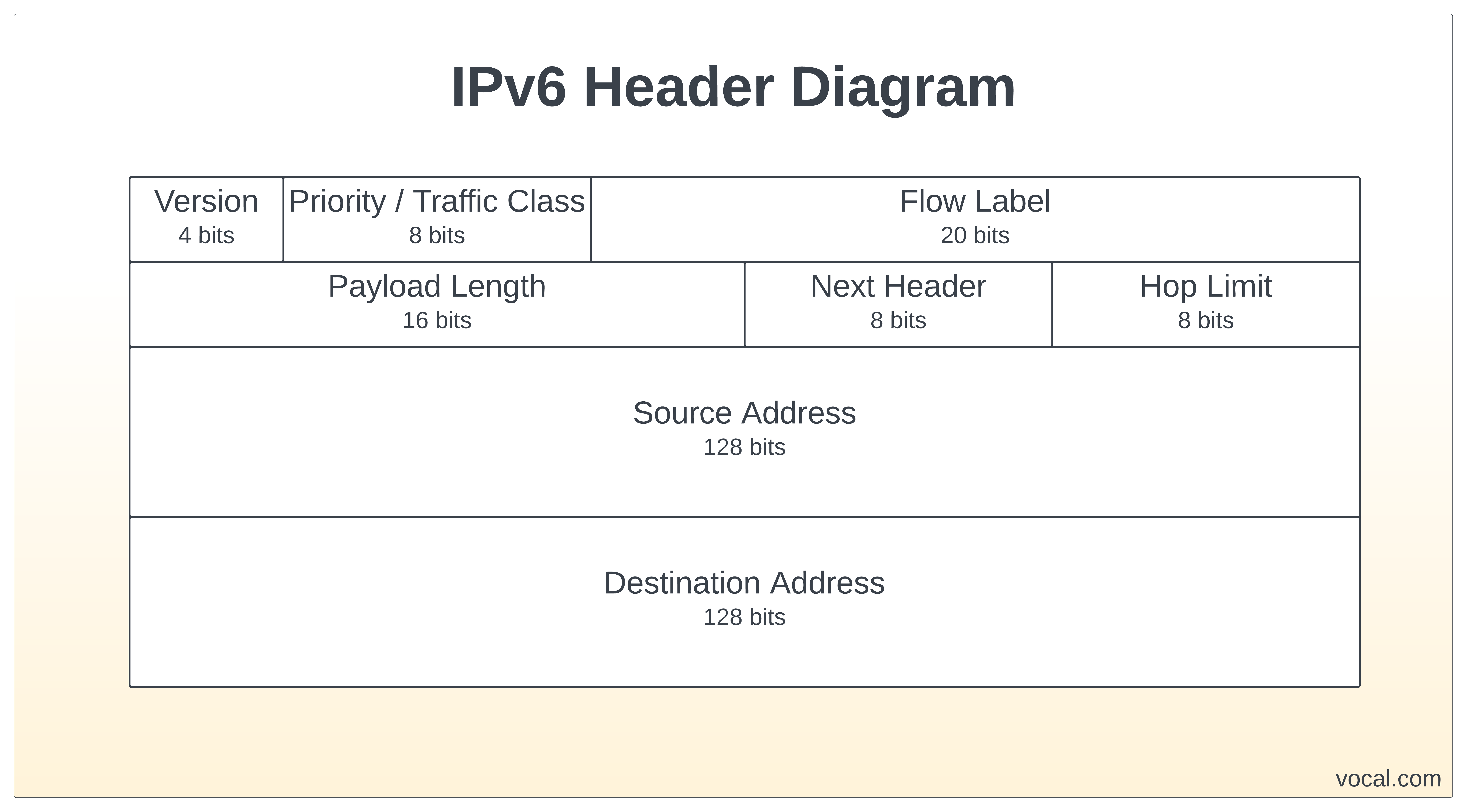Upsides and Downsides
IPv6 offers several advantages over IPv4. It allows for hierarchical address allocation, which aids in route aggregation and helps limit the expansion of routing tables across the Internet. IPv6 is also more compatible with mobile networks and supports larger payloads compared to IPv4. Additionally, the vast address range of IPv6 eliminates the need for subnetting.
However, IPv6 has its drawbacks. Its longer, alphanumeric addresses can be harder to remember. While IPv6 eliminates the need for NAT (Network Address Translation), which can anonymize devices, NAT has been found to have some useful anonymization effects. Moreover, transitioning to IPv6 requires every router in a network to change, which has made the replacement of IPv4 challenging due to the existing infrastructure, code, and endpoints that would need upgrades or replacements to support IPv6.
How IPv6 affects VoIP
IPv6 brings significant advantages to VoIP (Voice over Internet Protocol) systems. By eliminating the need for NAT (Network Address Translation), IPv6 removes the possibility of “one-way-voice” issues that can occur due to NAT complications. IPv6 simplifies end-to-end security configuration by allowing for the configuration of security parameters at the endpoints, eliminating the need to configure security parameters for every device in between. IPv6 also includes header fields reserved for Quality of Service (QoS) mechanisms, which help ensure the orderly and timely delivery of packets belonging to the same voice conversation or flow. However, it’s worth noting that compared to IPv4, IPv6 headers are larger, which can impact VoIP performance as VoIP packets are typically small. The larger header size of IPv6 effectively increases the size of VoIP packets, potentially affecting bandwidth usage.
IPv6 Mandated by U.S. Government
The U.S. government is actively mandating the transition to IPv6 for all Department of Commerce (DoC) information systems by 2025, as outlined in the Office of Management and Budget (OMB) memorandum, M-21-07. This mandate requires that a certain percentage of IP-enabled assets on Federal networks operate in IPv6-only environments by specific deadlines: 20% by the end of FY 2023, 50% by the end of FY 2024, and 80% by the end of FY 2025. The memorandum also calls for the identification and justification of Federal information systems that cannot be converted to IPv6, along with a schedule for replacing or retiring these systems. This mandate underscores the government’s commitment to IPv6 adoption and the modernization of its information systems to meet current and future technology requirements.

